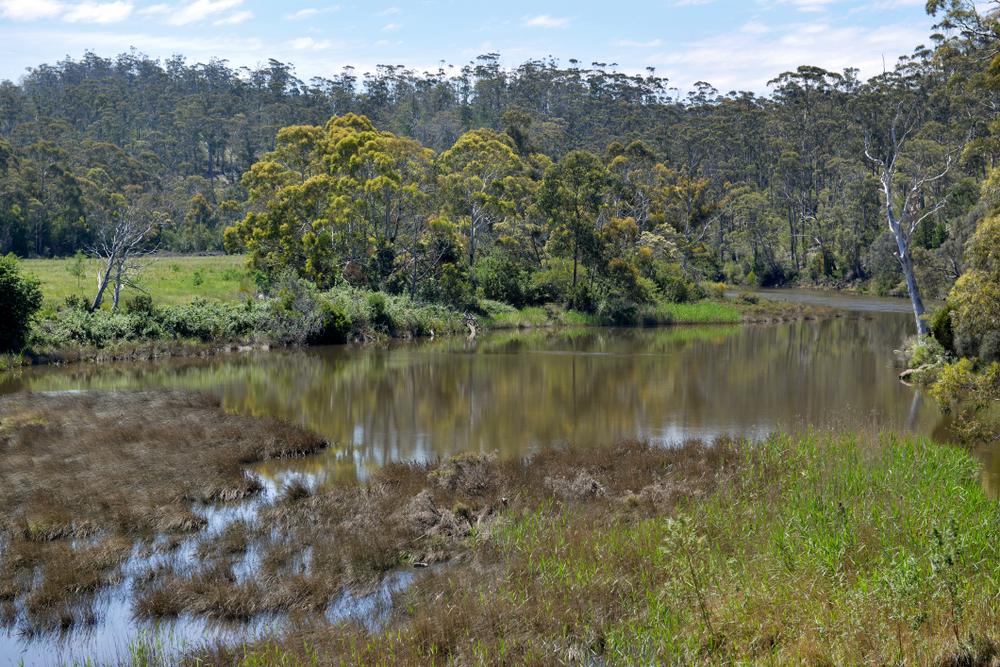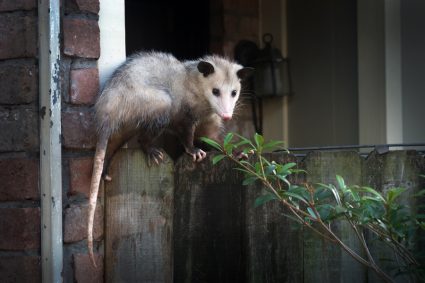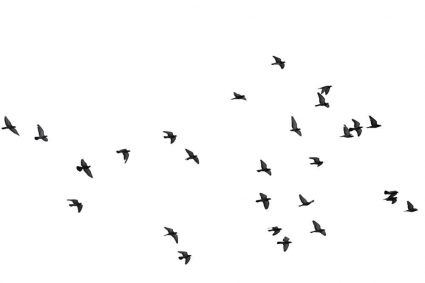
Coyotes are opportunistic creatures that are drawn to residential yards for various reasons, including the availability of food, water, shelter, and even potential prey. As human settlements continue to expand into their natural habitats, it’s becoming increasingly common to spot these adaptable canines in urban and suburban areas. This article will delve into what attracts coyotes to your yard and how you can deter them.
Coyotes are attracted to residential yards due to the availability of food (such as unsecured garbage, pet food, bird feeders, and fallen fruit), water, shelter (like overgrown vegetation, woodpiles, and spaces under porches), and potential prey (small mammals or free-roaming pets). To deter them, secure your garbage, remove potential food sources, maintain your yard, protect your pets, and consider installing coyote-proof fencing.
Food Sources Attract Coyotes
Coyotes are not fussy eaters. They are attracted to a wide variety of food sources, many of which can be found in our yards. Unsecured garbage bins, pet food left outdoors, bird feeders, and even fallen fruit from trees can draw coyotes’ attention. They’re excellent scavengers and will take advantage of any easily accessible food sources.
Shelter and Cover
Coyotes are drawn to areas that provide good cover and potential denning sites. Overgrown vegetation, woodpiles, bushes, and tall grass can provide coyotes with the shelter they need. Spaces under porches, decks, and sheds can offer a perfect hiding spot or even a potential den site for a mother and her pups.
Presence of Prey
Coyotes are carnivorous and primarily feed on small mammals like rodents, rabbits, and squirrels. If your yard or neighborhood has a high population of these small animals, it may attract coyotes. They have also been known to prey on free-roaming pets, especially cats and small dogs.
Precautions to Deter Coyotes
While coyotes play a crucial role in maintaining the balance in our ecosystem by controlling rodent populations, most people would prefer to keep them at a safe distance. Here are some measures you can take to make your yard less attractive to coyotes:
- Secure your garbage: Use animal-proof garbage cans and secure the lids to prevent coyotes from scavenging in your trash.
- Remove potential food sources: Don’t leave pet food outside, clean up fallen fruit, and consider removing bird feeders if you notice coyote activity.
- Maintain your yard: Keep your yard clean and free of debris. Trim overgrown vegetation and seal off potential denning sites.
- Protect your pets: Keep your pets indoors, especially during dusk and dawn when coyotes are most active. If you have small livestock, secure their enclosures with predator-proof fencing.
- Install coyote-proof fencing: Fences should be at least 6 feet high with a roller bar at the top to prevent coyotes from climbing over. The fence should also extend at least a foot below the ground to deter digging.
Conclusion
Coyotes are highly adaptable creatures that can thrive in various environments, including urban areas. While it can be concerning to spot a coyote in your yard, remember that they are generally not a threat to humans unless provoked. By understanding what attracts coyotes to your yard, you can take the necessary precautions to deter them and coexist peacefully with these remarkable creatures.
Frequently Asked Questions
Are coyotes dangerous to humans?
Coyotes are generally not dangerous to humans and tend to avoid people. However, they can become a threat if they feel threatened or cornered, or if they have become habituated to humans (usually through feeding). Always maintain a safe distance and never attempt to feed or pet a coyote.
What should I do if I encounter a coyote in my yard?
If you encounter a coyote in your yard, do not panic. Do not turn your back or run away as this can trigger their chase instinct. Instead, make yourself appear bigger by standing tall and waving your arms, and make loud noises to scare the coyote away. This is a technique known as “hazing”.
Can coyotes climb trees or fences?
Yes, coyotes are quite agile and can climb over fences that are not properly secured. They can’t climb trees like cats, but they can jump high and are good at scaling fences, especially if they have footholds.
Are certain breeds of dogs more at risk of coyote attacks?
Coyotes may see smaller breeds of dogs as potential prey, especially if the dogs are off-leash and away from their human companions. Larger dogs may be seen as threats or competitors, especially during the coyote breeding season. Always supervise your pets when they are outside and keep them on a leash when walking in areas known to have coyotes.
How can I tell if there are coyotes in my area?
Coyotes are often heard before they are seen. Their distinctive howl can be a clear sign of their presence. Other signs include tracks, scat, and sightings of coyotes in the area. Coyotes are primarily active during dusk and dawn, but in urban areas, they may be active at any time of the day.











